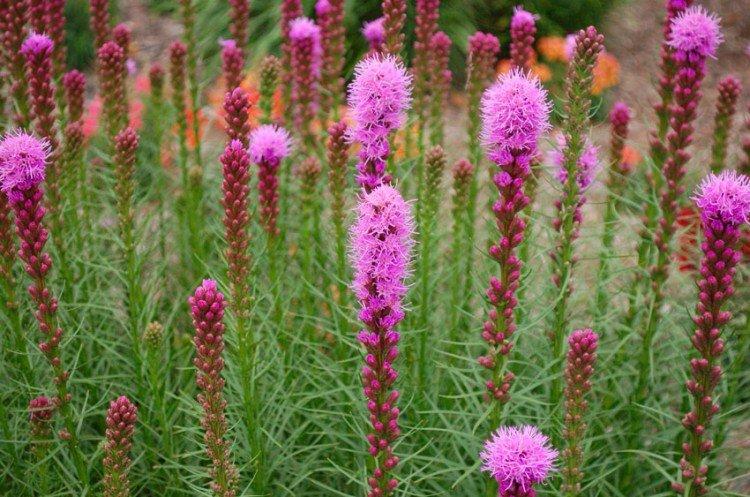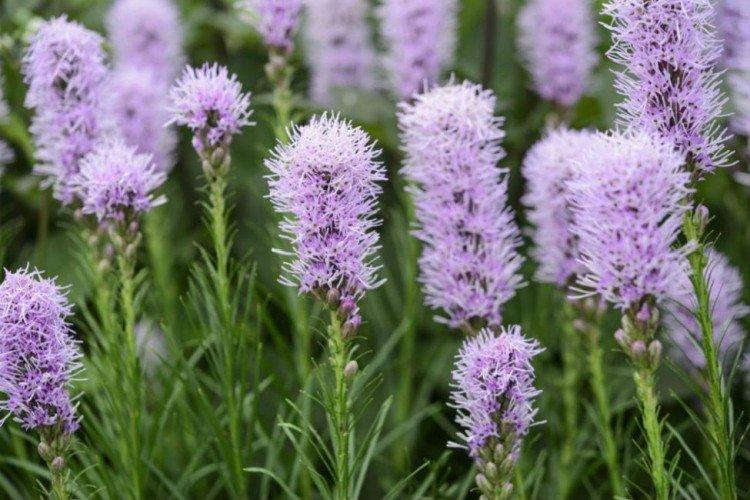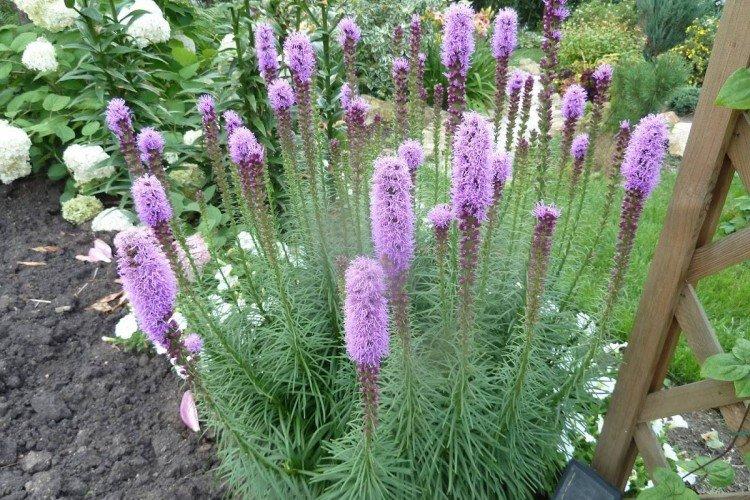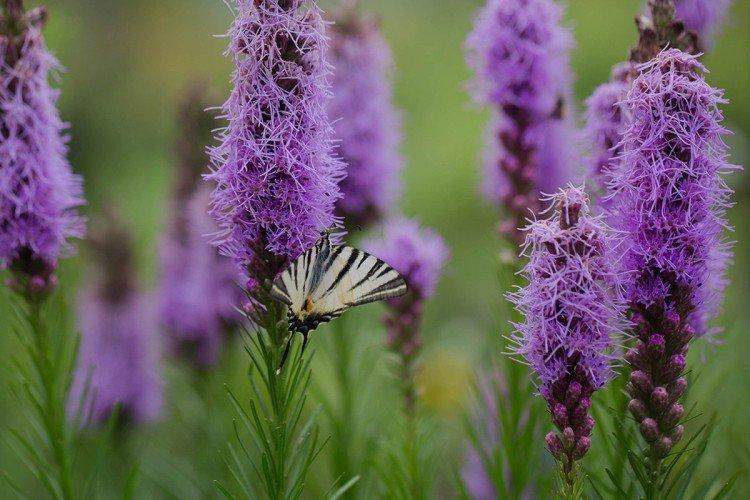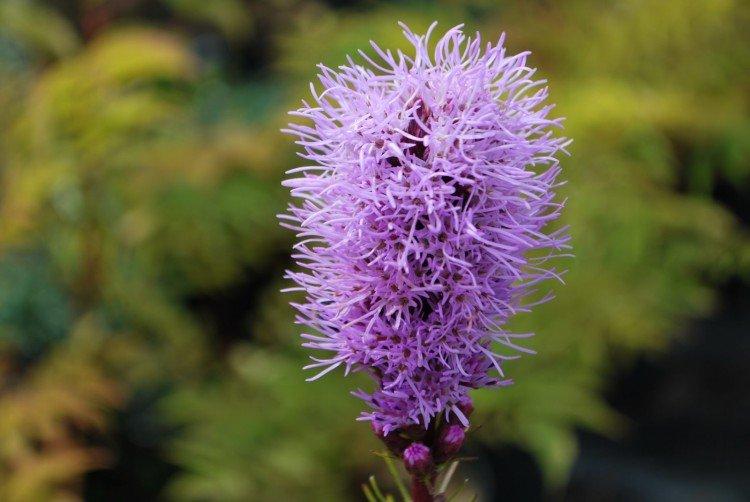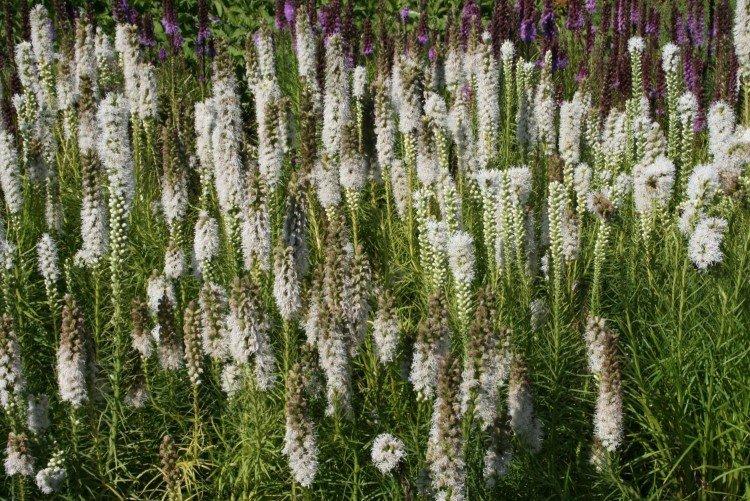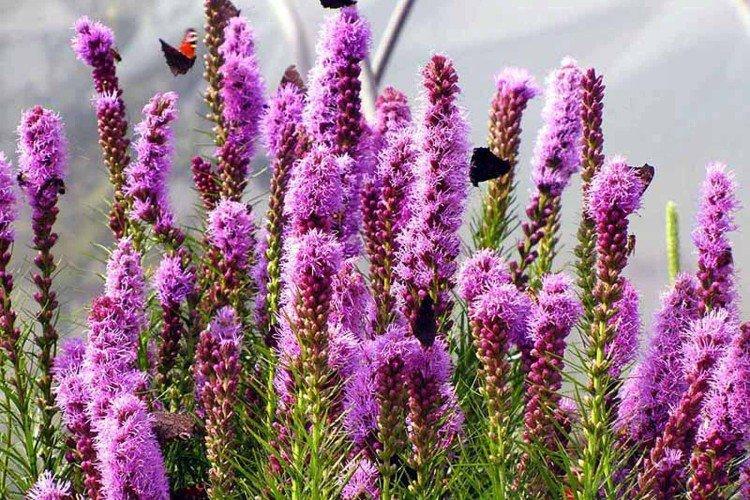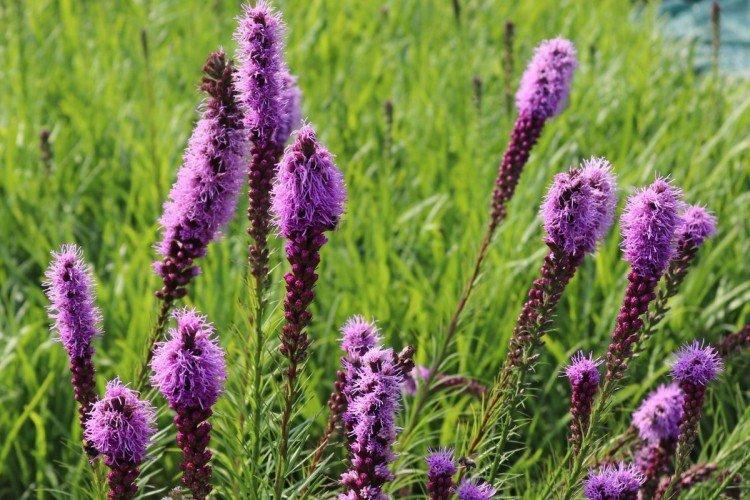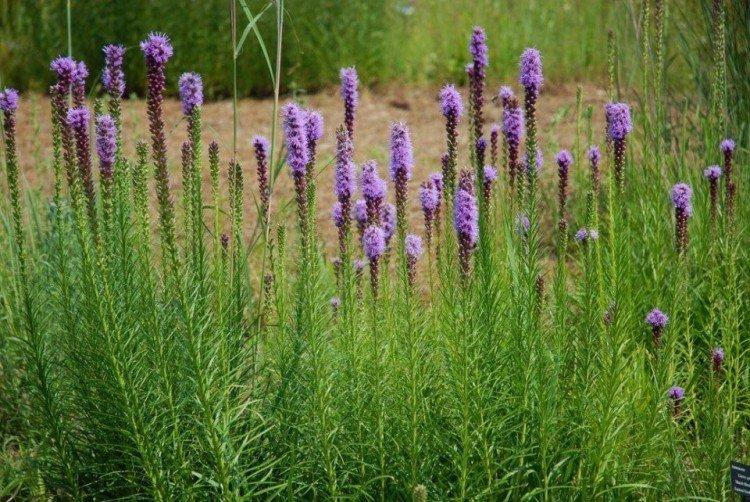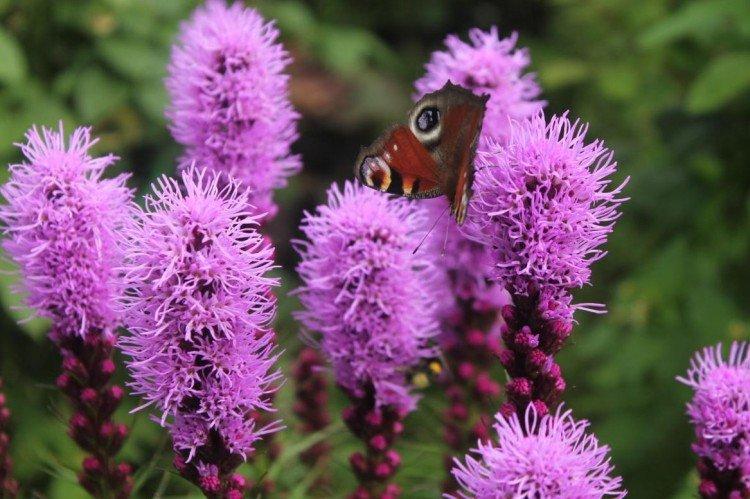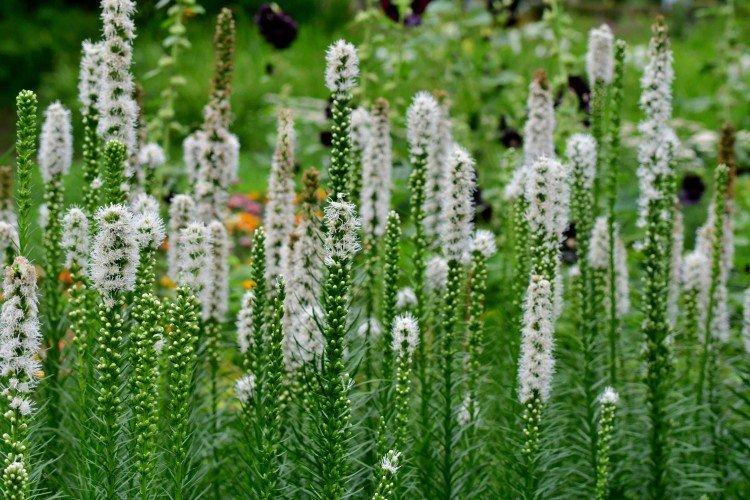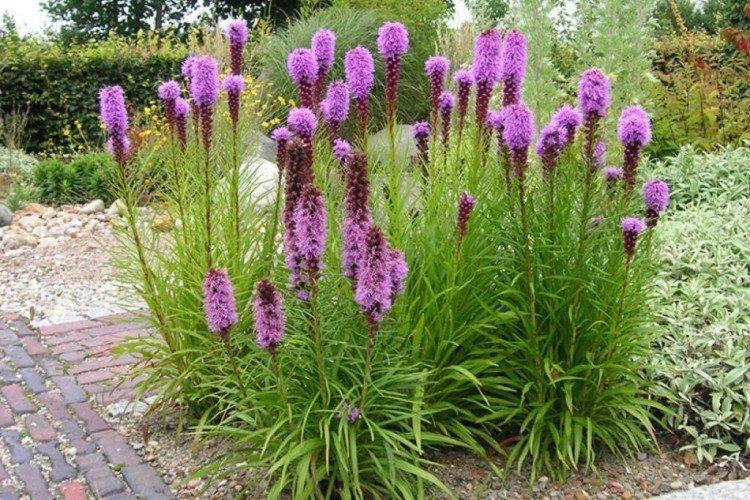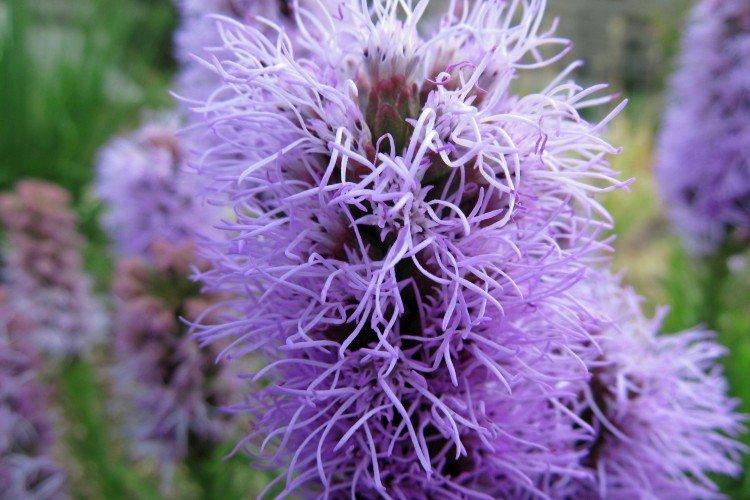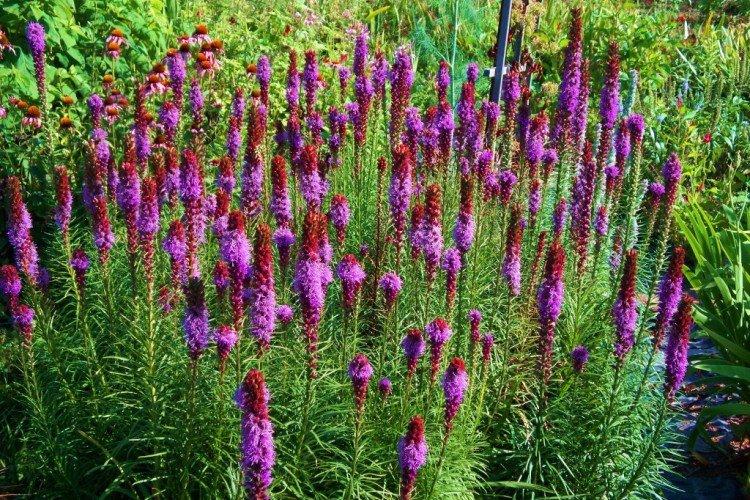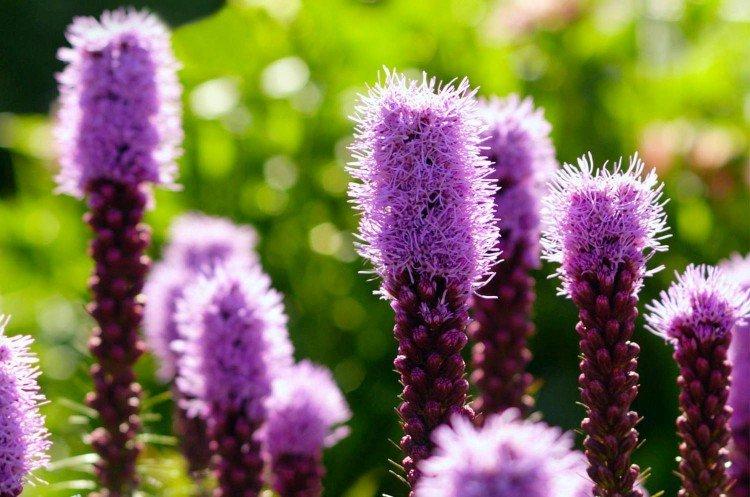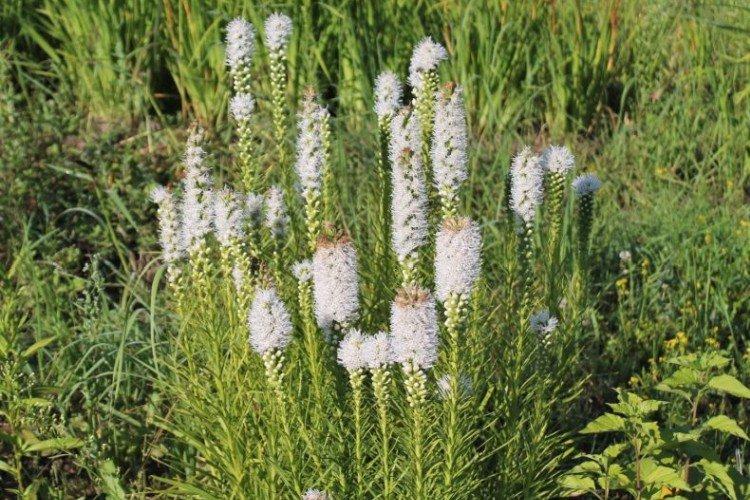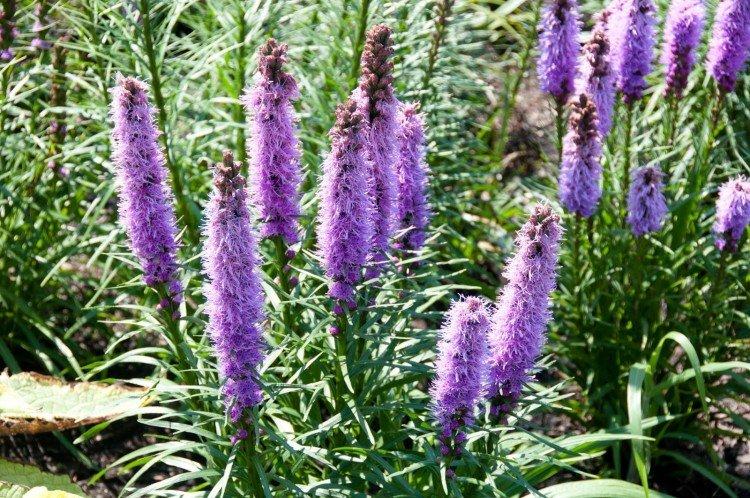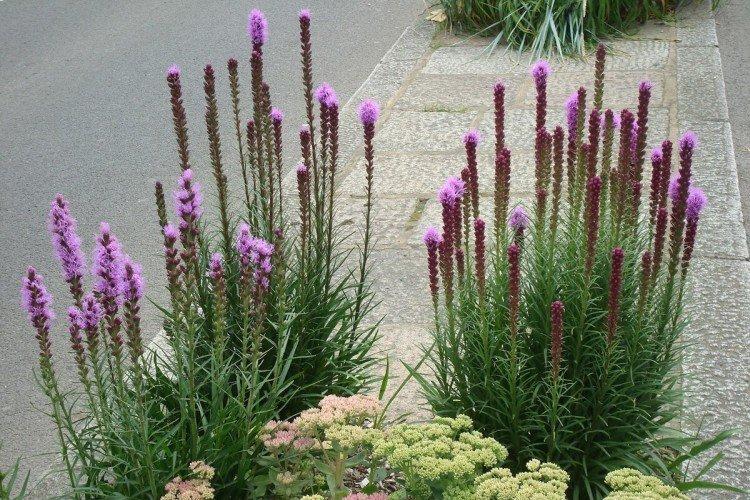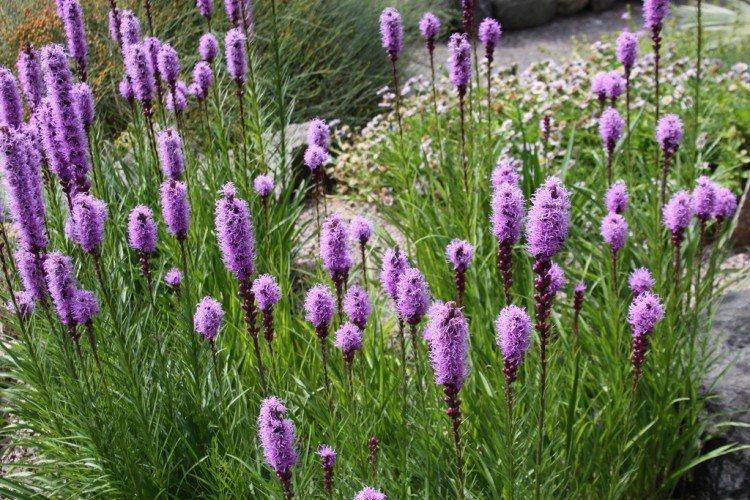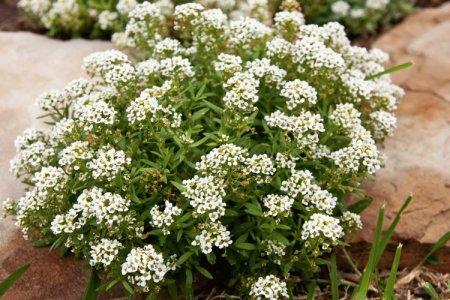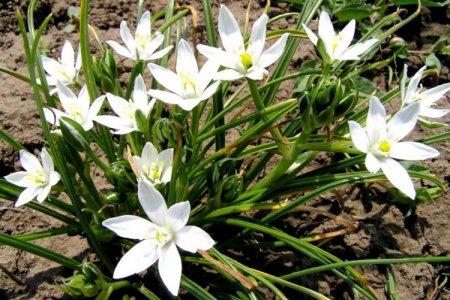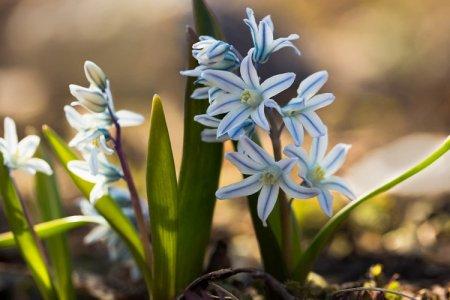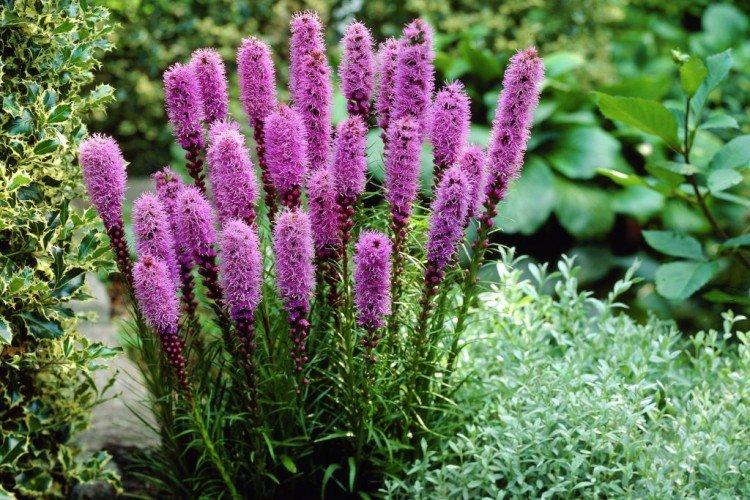
The unusual inflorescences of Liatris resemble soft fluffy tassels. I just want to touch to understand how they feel. Liatris is not yet very popular in our latitudes. But in vain, and we'll tell you why!
general information
It is hard to believe it when looking at the liatris inflorescences, but in fact it belongs to the Asteraceae. In nature, he lives in Mexico, certain regions of America and on the islands. In addition to the outlandish inflorescences-candles, Liatris is notable for its original aroma, in which notes of vanilla and freshly cut grass are read.
In its natural environment, liatris is a perennial with a complex root system of small tubers and thin roots. Its shoots are branched or ordinary, and under favorable conditions the bush grows up to 2 m.Liatris has linear sharp leaves, and the length of the inflorescences reaches 50 cm.
Flowers bloom from top to bottom, and white and pink shades are most often found. Liatris is grown, including for cutting for bouquets, and also dried for decoration and winter compositions.
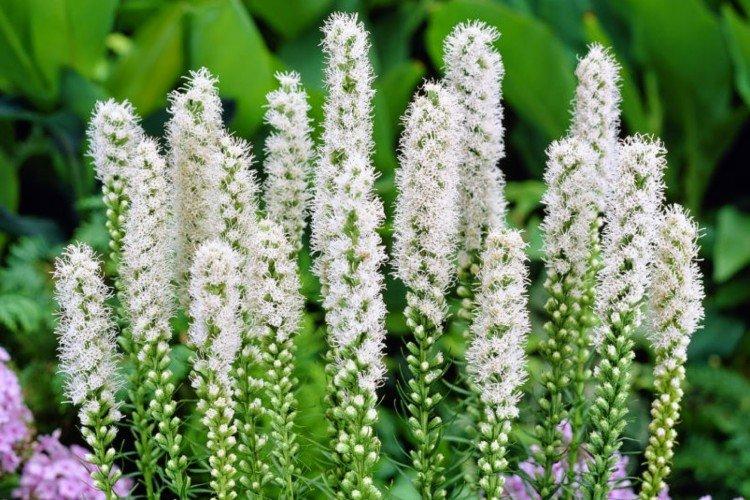
Types of Liatrix
There are about 20 species of this southern flower in the world. We suggest starting with those that you can grow on your own in your garden!
Spikelet liatris
American species with straight and densely leafy shoots. Their height is up to 50 cm, and the length of the inflorescences at the same time reaches 35 cm. It blooms in the first half of summer for a little more than a month.
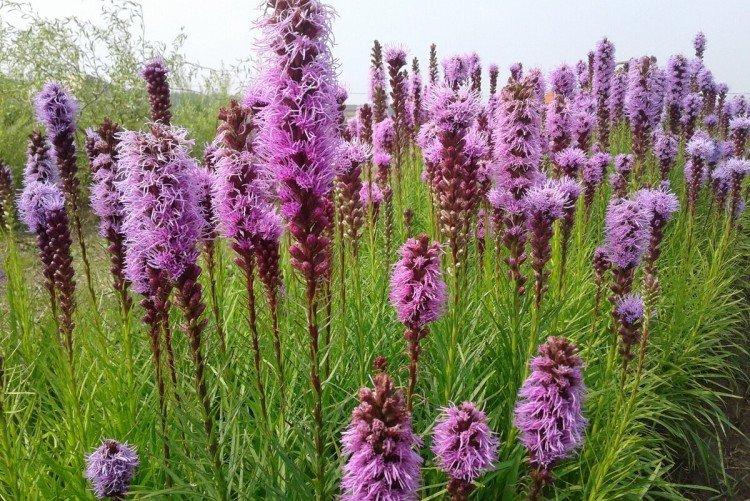
Membranous liatris
It can be recognized by its expanded leaf plates and dark lilac flowers. There are spectacular white and raspberry varieties, as well as several tall forms.
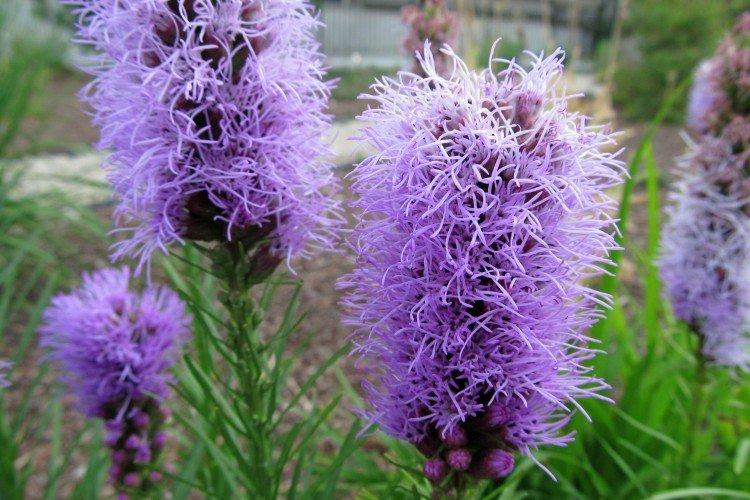
Grungy Liatrice
This is not a very popular view, but it is also extremely curious. Its inflorescences of disheveled lavender flowers look very original. And this is the tallest species - up to 1 m.
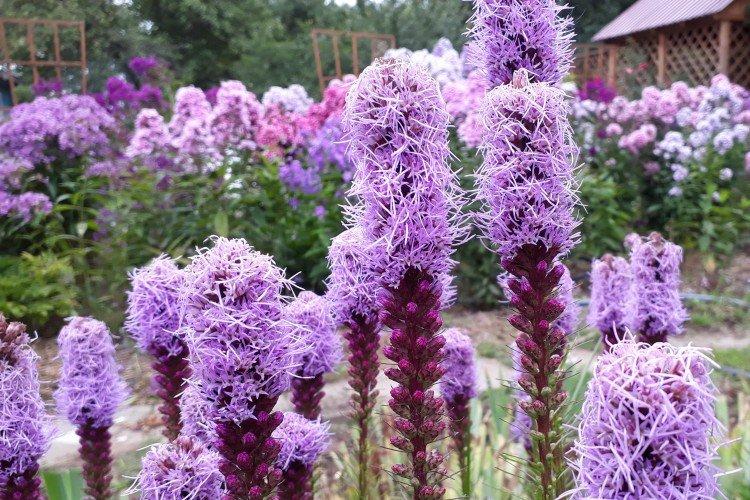
Caring for a lyatrix
Liatrix has superficial roots, and the main difficulties in care are associated with this. It is especially important to avoid damp, cold, flooded and waterlogged areas because the plant will rot.
Temperature and lighting
Liatris is not afraid of cold weather and heat, so she feels good in the middle lane. But be sure to choose an open and lighted place for him. The direct sun does not pose a threat to him.
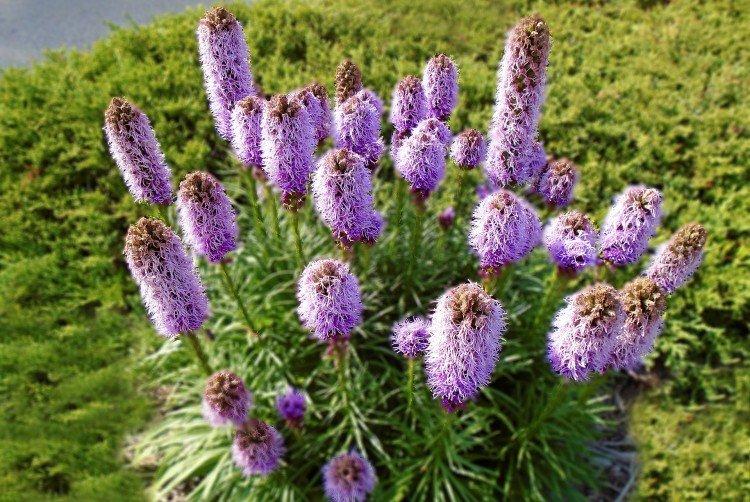
Watering
Liatris loves moisture, but tolerates a lack of it better than an overabundance. Do not water it more than once a week, even during dry periods. And in wet regions or during the rainy season, additional watering is not needed at all.
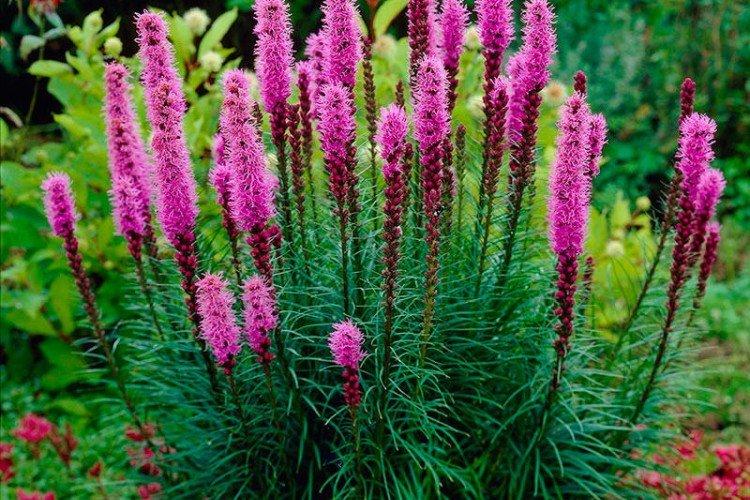
The soil
There are three main requirements for the soil - nutritional value, breathability and drainage. Here everything again rests on the fact that water stagnation should not be allowed. Excessively wet and heavy ground is not suitable.
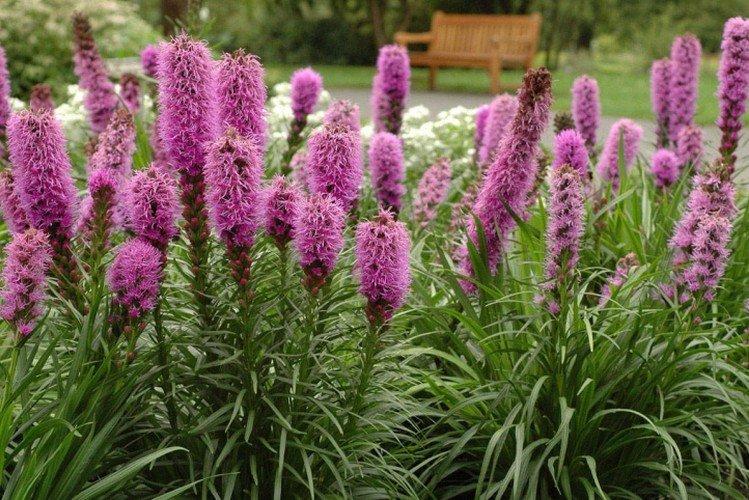
Fertilizers and feeding
Liatris definitely needs mineral feeding 3-4 times a season. First, nitrogen in the spring, and then fertilizers based on phosphorus and potassium. This will help to achieve the longest and most lush flowering.
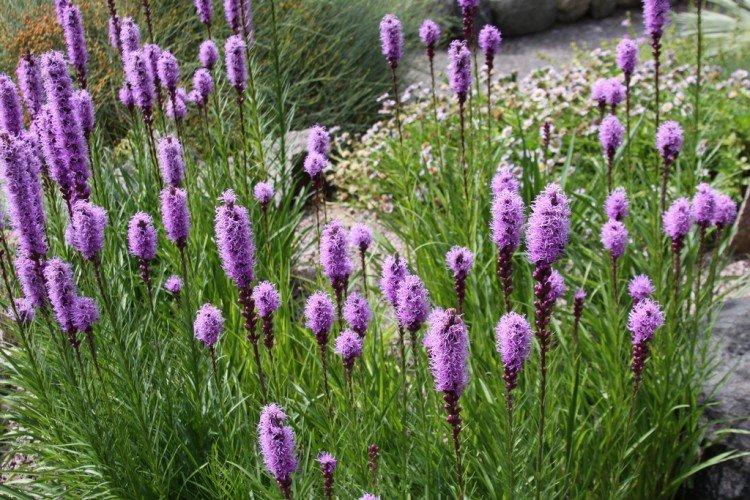
Hilling
Surface roots are gradually exposed due to watering, wind and rainfall. Therefore, they need to be regularly hilled, filled up with soil and renewed mulch.
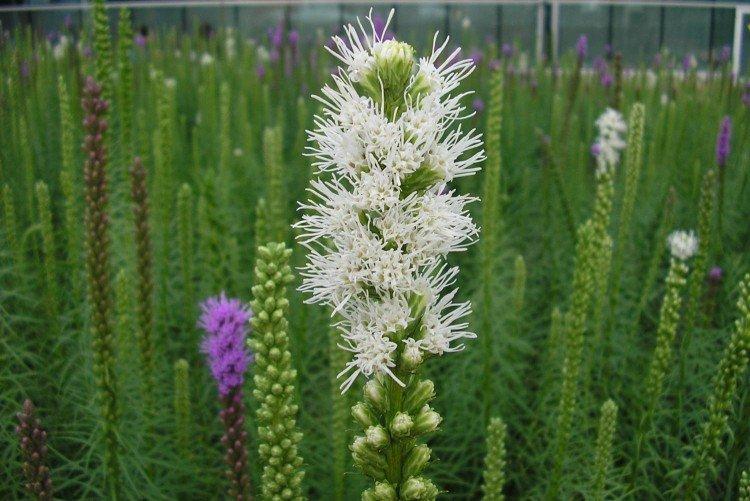
Wintering
Liatris does not need to be specially covered for the winter, it is enough to cut it off at ground level. But if frosty and snowless winters often occur in your region, you can lightly sprinkle the base with peat or dry humus.
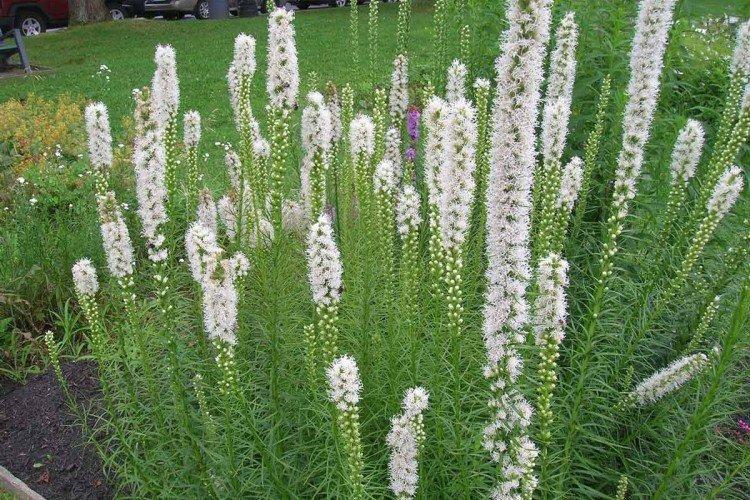
Transfer
Once every 3-4 years, liatris is transplanted to preserve its decorative effect. At the same time, it can be rejuvenated or propagated by dividing the tuber. It is better to mulch the earth after planting.
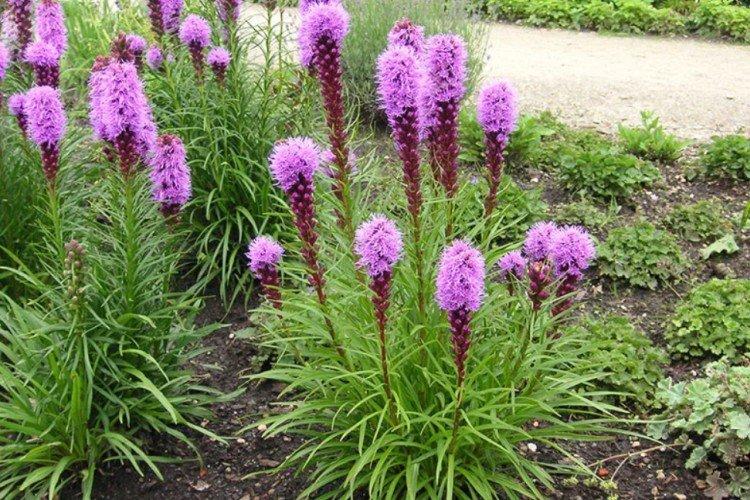
Planting and breeding liatris
Liatris is not afraid of cold weather, so you can plant seeds immediately in the ground in early spring or before winter. First, prepare the site and dig it up with organic matter, and then distribute the seeds into grooves up to 1.5 cm.In autumn, Liatris rapidly multiplies by self-seeding. But keep in mind that it will bloom in a couple of years.
At the end of summer, you can divide a healthy adult plant. The tubers are deepened into the ground by 5-10 cm, based on their size. Be sure to leave a distance of 15 to 40 cm.
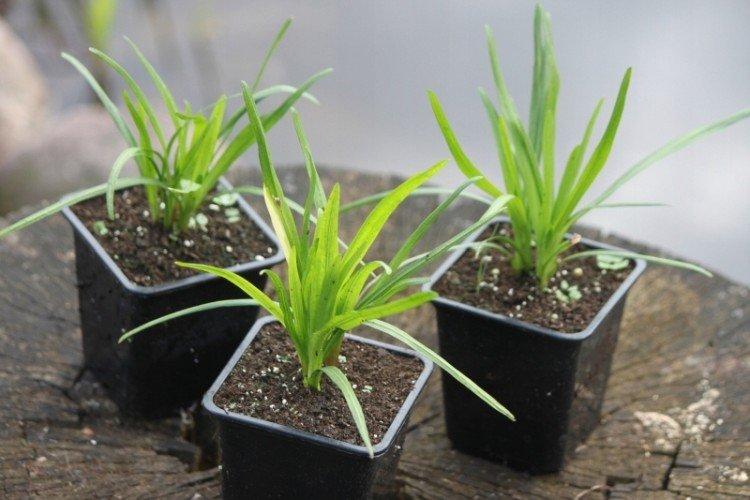
Pest and disease control
Liatris has good immunity, so his only problem is rot due to moisture stagnation. Cut off the affected parts and treat the bushes with fungicides. If the problem is soil or groundwater, it is best to replant the plant.
Liatris is often eaten by bears and snails. Use mechanical traps first, or remove the pests by hand, and then treat the planting with insecticides.
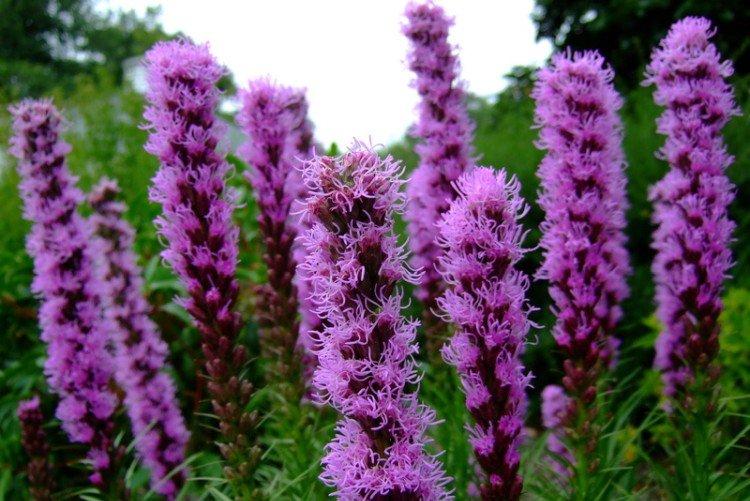
Liatris - photo
It is impossible to take your eyes off the bizarre liatris inflorescences even in the photo. So we could not resist and put together a large gallery for you!
